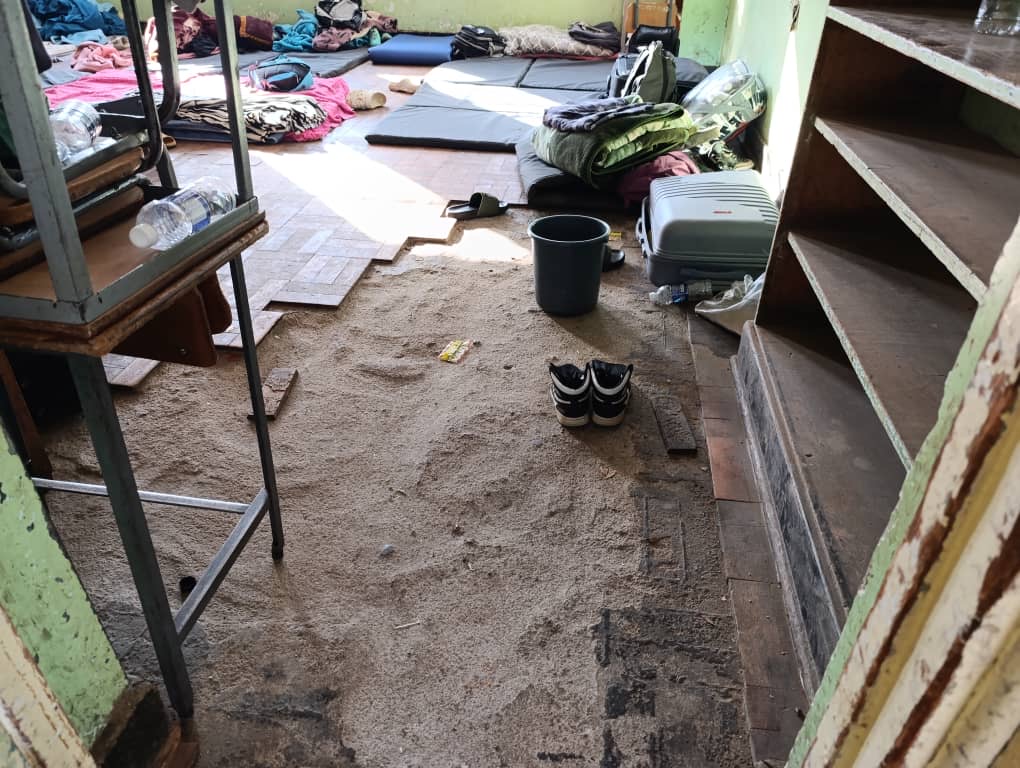There was a time when names like Churchill Boys High, Alan Wilson, Prince Edward, and Roosevelt Girls High stood as symbols of academic excellence in Zimbabwe. In the years just after independence, these schools carried on the legacy of prestige they had built under colonial Rhodesia, producing top results, well-rounded graduates, and athletes who competed at the highest levels. Parents dreamed of sending their children there; students wore their uniforms with pride.
Today, however, those same institutions are shadows of their former selves. Decades of neglect, underfunding, and lack of government support have reduced them to crumbling shells, forcing parents, teachers, and learners to question whether they still hold the value they once promised.
Walking into some of these schools feels like stepping into a forgotten era. Classroom floors are pockmarked with potholes, walls bear long cracks that snake toward the ceilings, and broken windows have gone unrepaired for years. At Churchill Boys High, the toilets remain in the same colonial state they were decades ago, failing to meet modern sanitation standards.
With enrollments of more than 1,500 learners, the infrastructure is stretched beyond capacity. No new classrooms or facilities have been built in decades, forcing teachers to crowd children into spaces never designed for such numbers.
For many parents, these schools no longer represent the promise they once did. “I transferred my son out of Churchill because I could not justify paying fees for him to sit in broken classrooms with no textbooks. The prestige of the name means nothing if the learning environment is falling apart,” said one frustrated parent.
Others echoed similar sentiments, pointing to the government’s failure to maintain what were once flagship schools. “We grew up respecting these institutions, but today I feel cheated as a parent. My daughter deserves better than cracked floors and teachers who have lost motivation,” added another.
Teachers at these schools are equally disheartened. Low salaries averaging just USD $300 a month, coupled with poor working conditions, have sapped morale. “It is hard to inspire learners when even your own staff room has broken chairs and peeling paint,” one teacher told ARTUZ. “We love our profession, but the system is working against us.”
Former students, too, are pained by the decline. A Roosevelt alumna who graduated in the 1990s said: “This school shaped who I am today. To see it in this state is heartbreaking. The government has allowed our heritage to rot.”
The crisis at Churchill, Alan Wilson, Prince Edward, and Roosevelt is not isolated. Across Zimbabwe, government schools are collapsing under the weight of underfunding. ARTUZ continues to warn that while resources exist, education has been systematically deprioritised. The Ministry of Primary and Secondary Education, instead of championing solutions, has become a lapdog of austerity politics, failing to demand the funding that schools desperately need.
The Amalgamated Rural Teachers Union of Zimbabwe (ARTUZ) is clear: education funding must be a national priority. Continuous infrastructure development, refurbishment of aging schools, and urgent investment in teacher welfare are non-negotiable if Zimbabwe is to restore dignity to its public education system.
“Government schools are supposed to be the backbone of our education system. If they collapse, then the future of millions of learners collapses with them,” said ARTUZ Secretary General Robson Chere. “Resources are there. What is missing is political will and a genuine prioritisation of education.”
As ARTUZ continues its advocacy for the Education Equalisation Fund, the message is simple: schools like Churchill, Alan Wilson, Prince Edward, and Roosevelt must not be left to die. These institutions are part of Zimbabwe’s educational and cultural heritage. To let them rot is to betray the very ideals of independence and the right to education enshrined in the Constitution.
Until government acts, parents will keep withdrawing their children, teachers will remain demoralised, and what were once centres of excellence will remain monuments to neglect.

